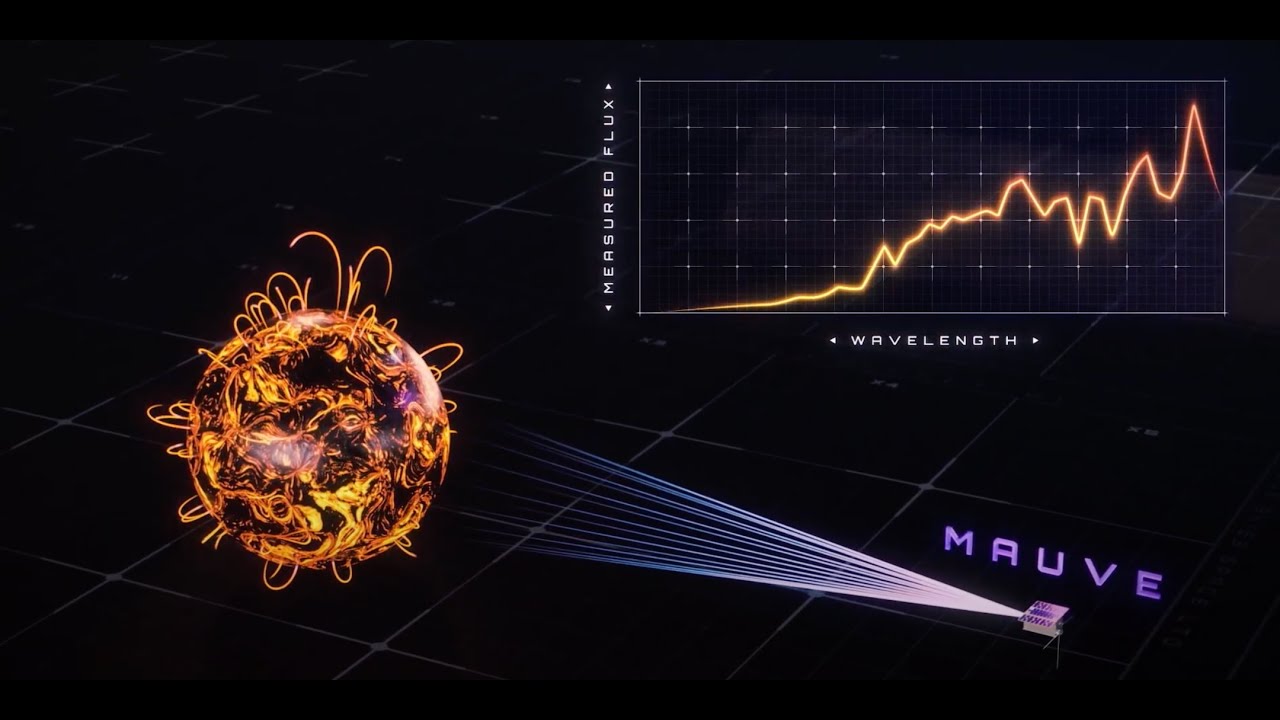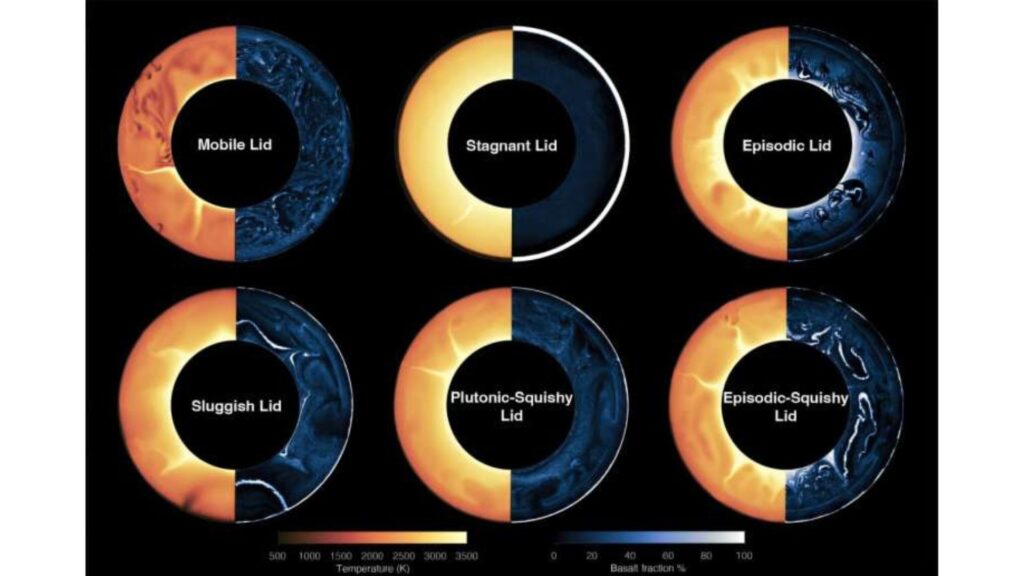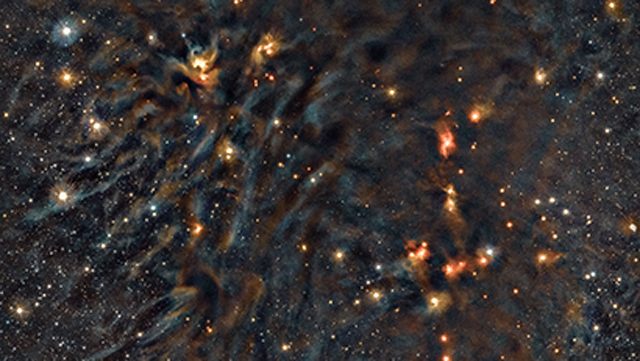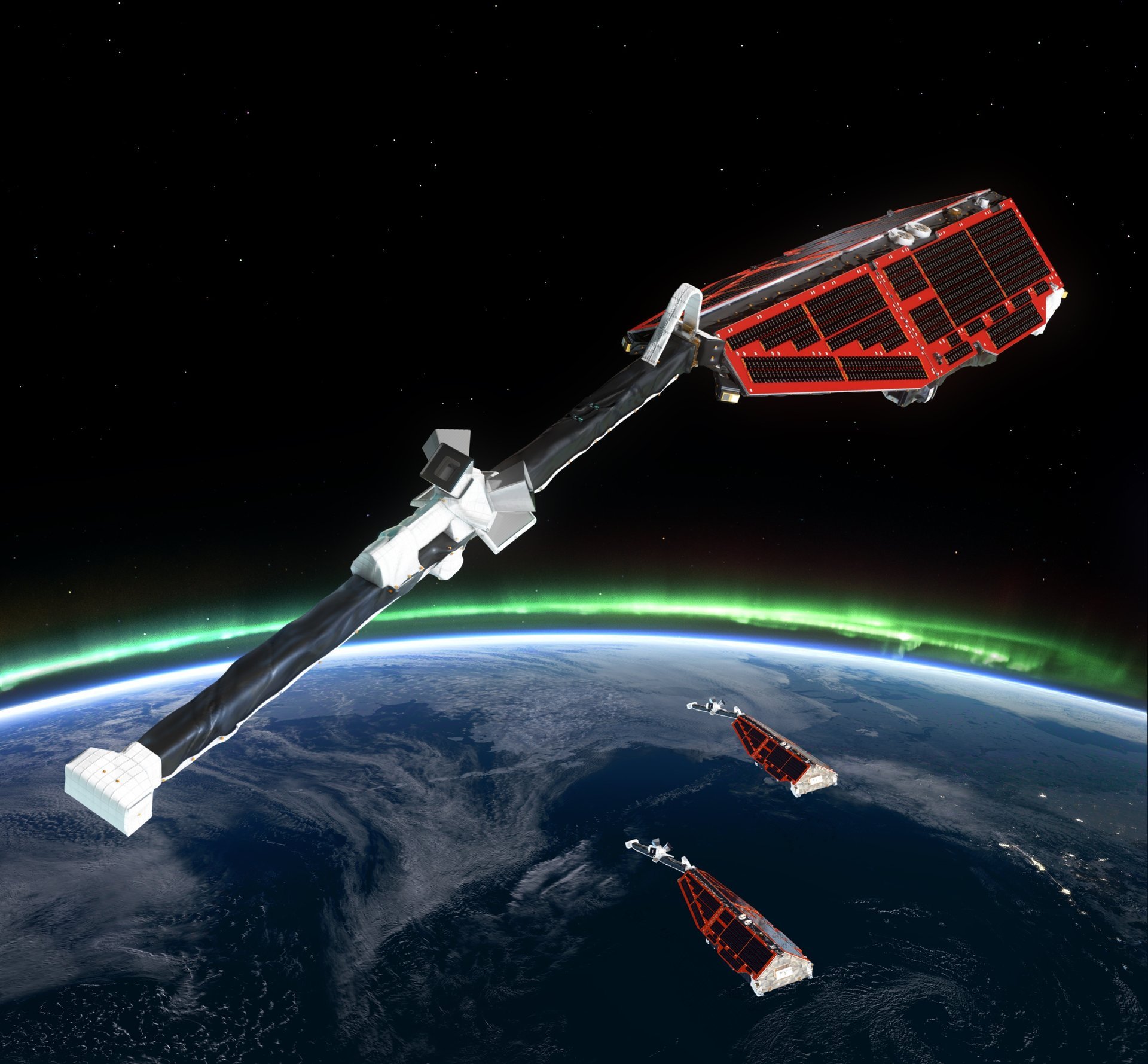Now Reading: Could the world’s 1st private space telescope help find stars with habitable exoplanets?
-
01
Could the world’s 1st private space telescope help find stars with habitable exoplanets?
Could the world’s 1st private space telescope help find stars with habitable exoplanets?

The world’s first commercial astronomy telescope is set to search for stars that could host habitable exoplanets in their orbits.
The Mauve telescope, developed by London-headquartered start-up Blue Skies Space, is the size of a small suitcase and carries an off-the-shelf ultraviolet spectrometer modified to monitor flaring stars. It is one of the payloads that will launch on SpaceX’s upcoming Transporter-15 mission, currently set for no earlier than November 2025.
Just like our sun, other stars in the universe produce flares — flashes of high-energy radiation from the dark, magnetically dense regions known as sunspots. Each flare sends a wave of energetic particles into the star’s surroundings. When such a wave washes over Earth, the radiation, consisting of X-ray and extreme ultraviolet light, interferes with radio transmissions, causing blackouts. The flare also disturbs the ionosphere — the electrically charged layer of Earth’s atmosphere at altitudes above 20 miles. This interference affects the accuracy of the navigation and positioning signal from satellites such as the U.S. GPS system.
But the sun is not a very active star. Research suggests that many of its siblings are much more temperamental. The bursts of radiation that some stars produce are so intense and so frequent that they virtually sear any object in their vicinity, preventing any possible life from emerging. By tracking the flaring of hundreds of stars, Mauve will help astronomers pick out those that are more likely to host habitable exoplanets.
“Mauve will allow us to understand the behavior of stars when they are emitting large amounts of energy,” Marcell Tessenyi, the founder and CEO of Blue Skies Space, told Space.com. “It will also help us understand what sort of impacts these stars might have on their neighboring planets. We will be able to understand which stars are likely to be damaging for a life environment and which would be benign.”
The last dedicated mission to observe stellar ultraviolet light, the International Ultraviolet Explorer, ended in 1996. The legendary Hubble Space Telescope can perform such measurements, but availability of observing time is limited, Tessenyi said. Hundreds of science teams from all over the world compete for observing time on the veteran space telescope, pursuing a multitude of challenging astronomical research projects that can’t be accomplished by any other star-watching machine.
Since scientific interest in exoplanets is on the rise, Blue Skies Space decided to cover the increasing demand for observations of stellar flares with a small, low-cost telescope and sell the resulting data to scientists worldwide through a yearly subscription model.
“The space agencies do a fantastic job at delivering very high-quality space telescopes, but sometimes it can take a long time,” Tessenyi said. “And when these satellites are operational, like the Hubble Space Telescope or James Webb, people have to apply and hope they get the observing time they need. But not all science requires a very large and complicated satellite.”
With the low-cost Mauve (the company refused to disclose the exact cost of the mission), Blue Skies Space is pioneering a new approach to astronomical research from space. Although the new commercial space ethos of building satellites fast and cheap has dominated Earth imaging from space for years, deep-space astronomy has so far been headed mostly in the opposite direction — trending toward more complex machines worth billions of dollars.

Mauve, built in less than three years, is Blue Skies Space’s first satellite to launch, although it was conceived after another mission, called Twinkle, which is still in the works. Twinkle, expected to make it to space later this decade, is a larger satellite, weighing 330 pounds (150 kilograms in mass) and carrying an 18-inch (45 cm) telescope. Like Mauve, Twinkle will look for exoplanets around nearby stars and gather information about their chemical composition. But Mauve, Tessenyi said, will help the researchers zoom in on the most promising stellar systems, to make Twinkle’s work easier.
Tessenyi said that despite initial scepticism among scientists whether the new space way could work for astronomy, Blue Skies Space has seen a lot of interest in both of their missions. Nineteen universities from all over the world have already signed up for the data, which will begin streaming to Earth early next year.
Mauve will orbit Earth at an altitude of 310 miles (500 kilometers) for at least three years. If the project is successful, Blue Skies Space might add more satellites to its fleet in the future. The company is already studying a concept of a successor to Mauve, a more potent UV-observer Mauve+.
“We finance the satellites upfront, put them into space, and once the mission is operational, we make data available to users and over time we recover the cost of the construction and operations,” Tessenyi said. “If the satellite is a success and we make a surplus, we reinvest that into our subsequent satellites and we grow the company to deliver more satellites using this model.”
Stay Informed With the Latest & Most Important News
-
 012024 in Review: Highlights from NASA in Silicon Valley
012024 in Review: Highlights from NASA in Silicon Valley -
 02Panasonic Leica Summilux DG 15mm f/1.7 ASPH review
02Panasonic Leica Summilux DG 15mm f/1.7 ASPH review -
 03How New NASA, India Earth Satellite NISAR Will See Earth
03How New NASA, India Earth Satellite NISAR Will See Earth -
 04And Thus Begins A New Year For Life On Earth
04And Thus Begins A New Year For Life On Earth -
 05Astronomy Activation Ambassadors: A New Era
05Astronomy Activation Ambassadors: A New Era -
06SpaceX launch surge helps set new global launch record in 2024
-
 07Space Force plans new ‘Futures Command’ amid pressure to speed up modernization
07Space Force plans new ‘Futures Command’ amid pressure to speed up modernization



















